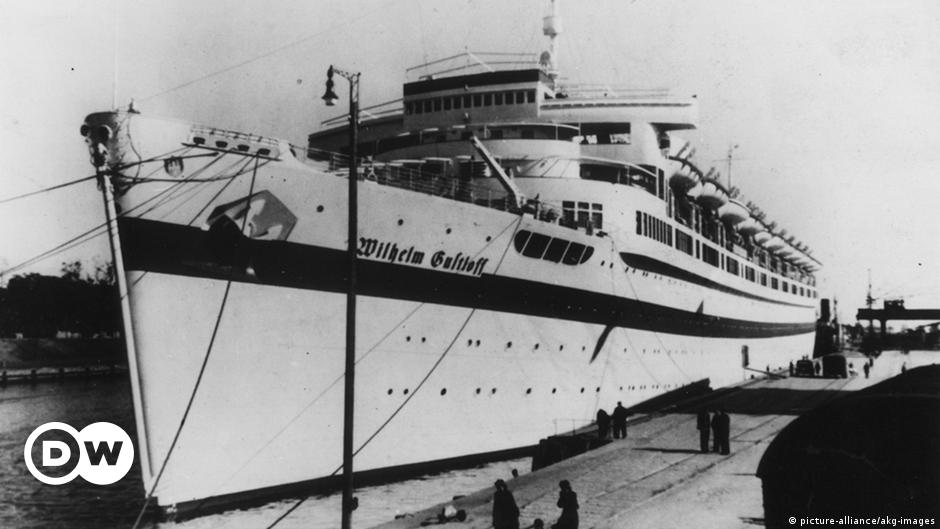The Most Lethal Shipwreck in History
Seventy-five years on, some details of the disaster still remain a mystery, however. Was sabotage to blame when a suspicious radio message warning of sea mines reached the command bridge, just before the first torpedo hit?

Capital Thinking • Issue #519 • View online
Over 9,000 people died in the Baltic Sea on January 30, 1945, in an attempt to evade the Red Army.
The Wilhelm Gustloff was the most lethal shipwreck in history, but some details of the sinking remain unknown.
- Volker Wagener
75 years on, little known about the Wilhelm Gustloff sinking
Volker Wagener | Made For Minds:
At around 9 p.m. on January 30, 1945, Adolf Hitler was speaking to the German people.
In the packed dining hall of the luxury liner "Wilhelm Gustloff," as in most of the rest of the country, a radio was broadcasting Hitler's address, but the thousands of refugees from Pomerania and East and West Prussia who had struggled onto the ship weren't listening to the Führer now.
They wanted one thing — to be rescued. Only very few, 1,252 to be precise, made it off the steamer alive, of the well over 10,000 - mostly women and children, but also navy sailors.
The ship had been hit by three Soviet torpedoes within an hour; the temperature outside was minus 18 degrees Celsius.
The solace offered by the Wilhelm Gustloff was enormous for the passengers who boarded the ship at Gotenhafen.
Hundreds of thousands of German civilians had wanted to embark on ship in the port near Gdansk, in what is today Poland.
The Red Army was on their heels and their thoughts were of Nemmersdorf. It was the first village in German territory reached by the Soviets and there were already rumors circulating of the draconic revenge on the part of the Soviets for German war crimes.
Only the navy could rescue them now.
Nazi cruise liner turned rescue ship
At 208 meters (680 feet), the Gustloff wasn't the largest ship used to transport wounded soldiers and civilians. But it was by far the most well known.
It was the Nazis' luxury liner, christened by none other than Hitler in 1937. Its name came from a killed Nazi officer, and it was initially reserved for high-ranking National Socialists to take vacations in the Mediterranean or along the western Norwegian coastline.
By the end of the war, however, the ship had taken on an entirely different role — for its last journey.
The civilian escape via the Baltic Sea belongs to one the most impressive chapters in German WWII military history.
Historians have estimated that around 2.5 million people were rescued by ship out of the German eastern zones.
A comprehensive study has been published about the operation titled "Rescue Mission Baltic Sea 1944/1945: One of Humanity's Great Deeds."
One of the main German officers credited with the success of the operation is Admiral Karl Dönitz, who would succeed Hitler as chancellor following the Führer's suicide in a Berlin bunker at the close of the war.
A sitting duck
Seventy-five years on, some details of the disaster still remain a mystery, however.
Was sabotage to blame when a suspicious radio message warning of sea mines reached the command bridge, just before the first torpedo hit?
In order to avoid a collision amid heavy snowfall, Captain Peterson then turned on the ship's position lights: 90 minutes with bright lighting, but no minesweepers.
The Gustloff was a sitting duck.

*Featured post photo by NOAA on Unsplash
*February 6, 2020
